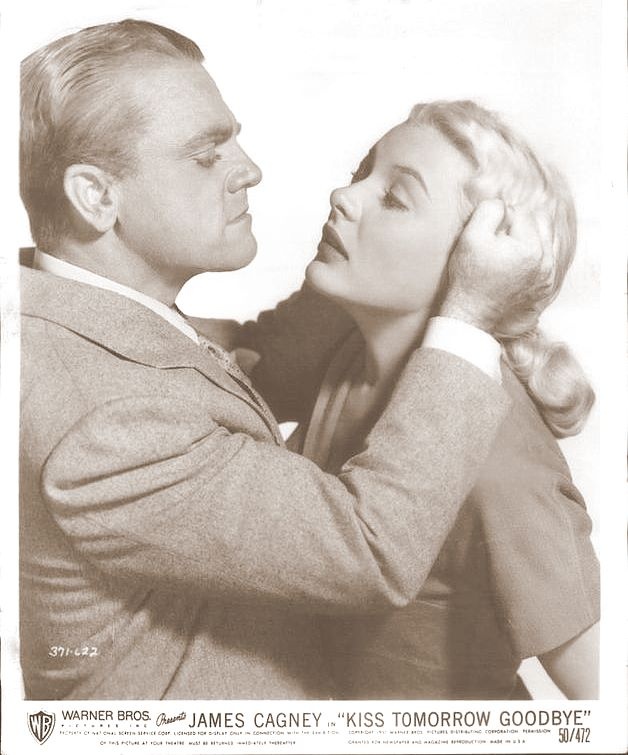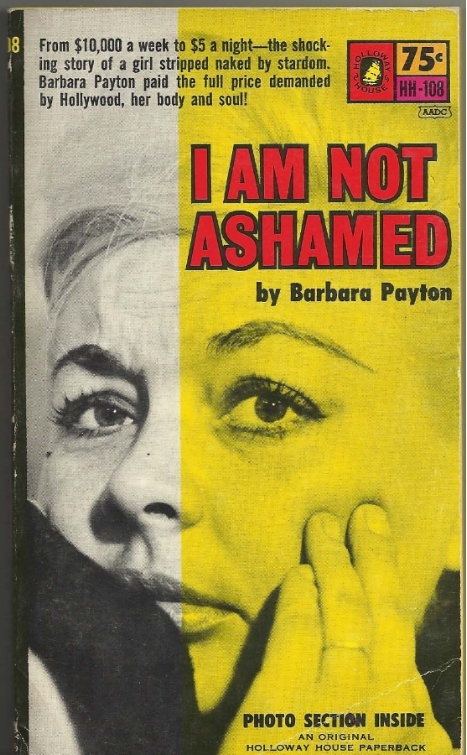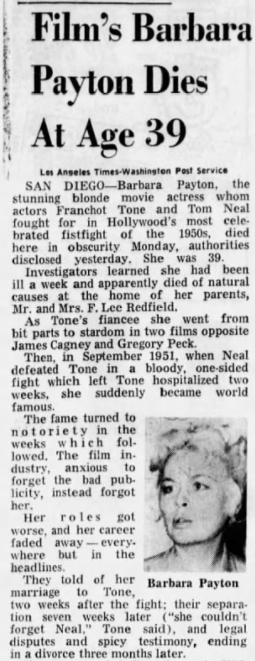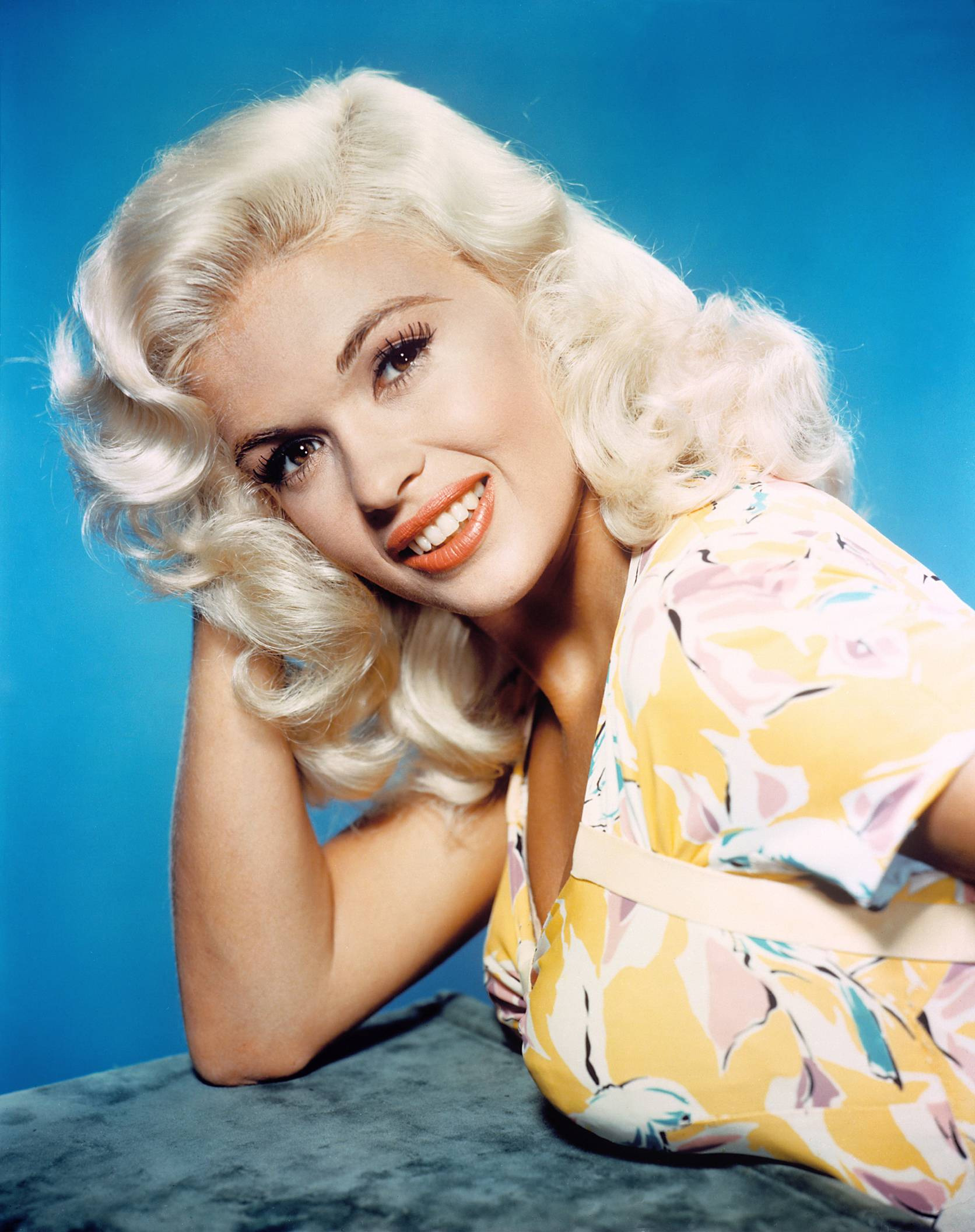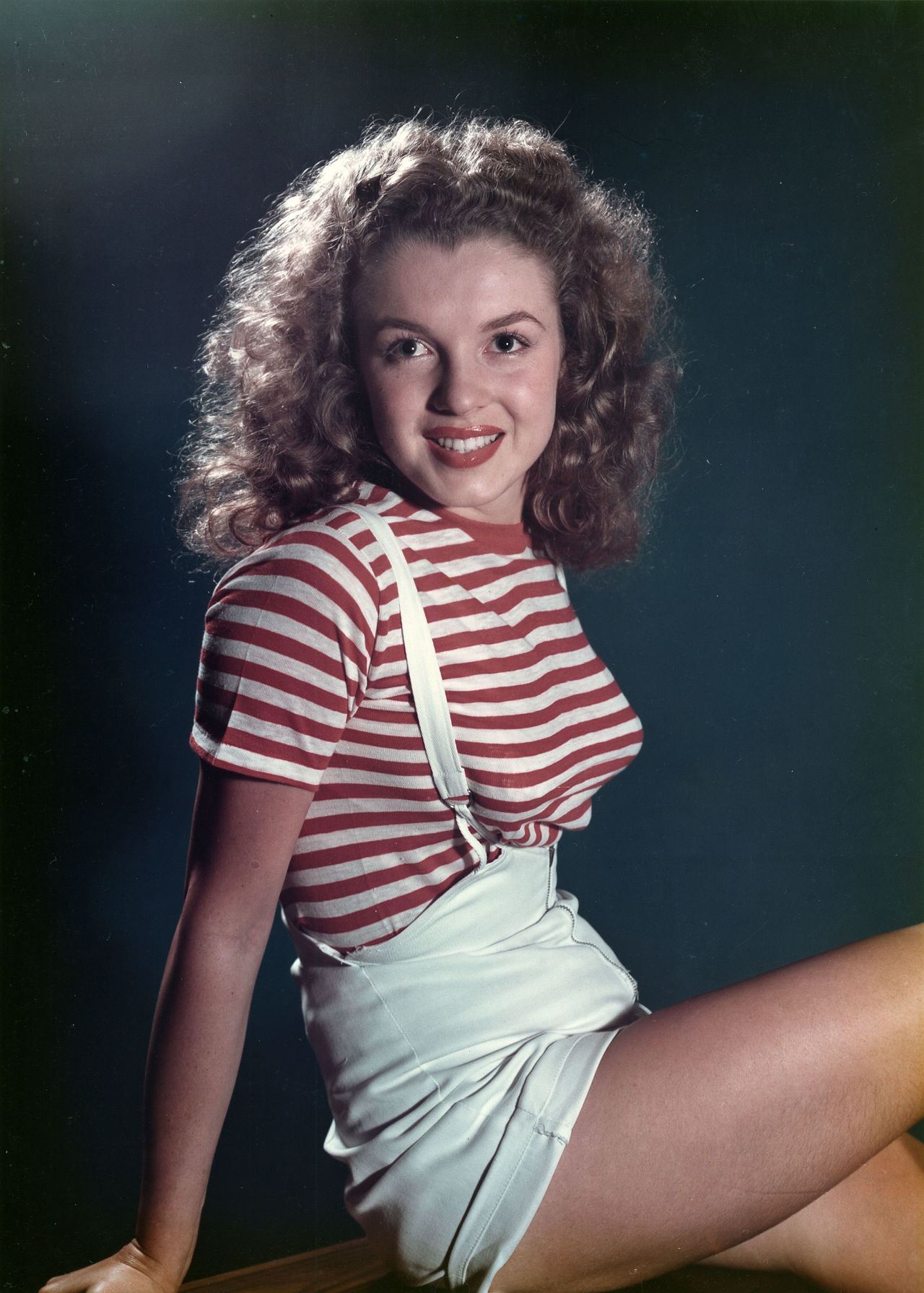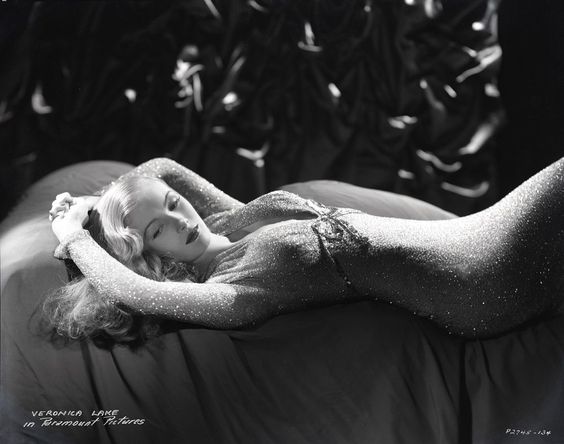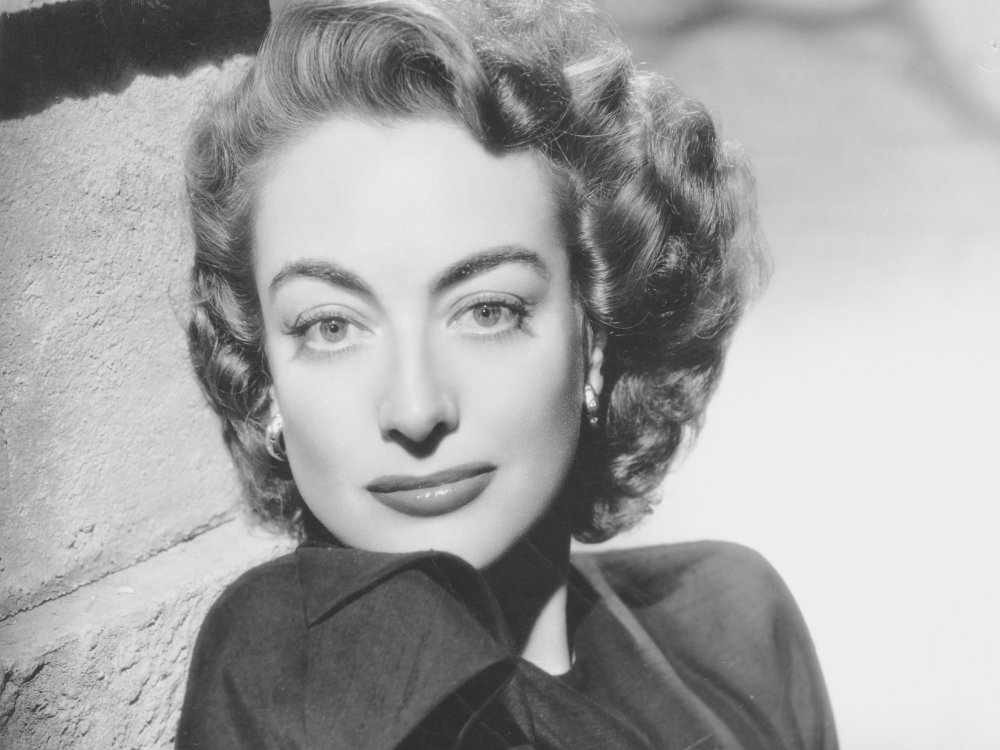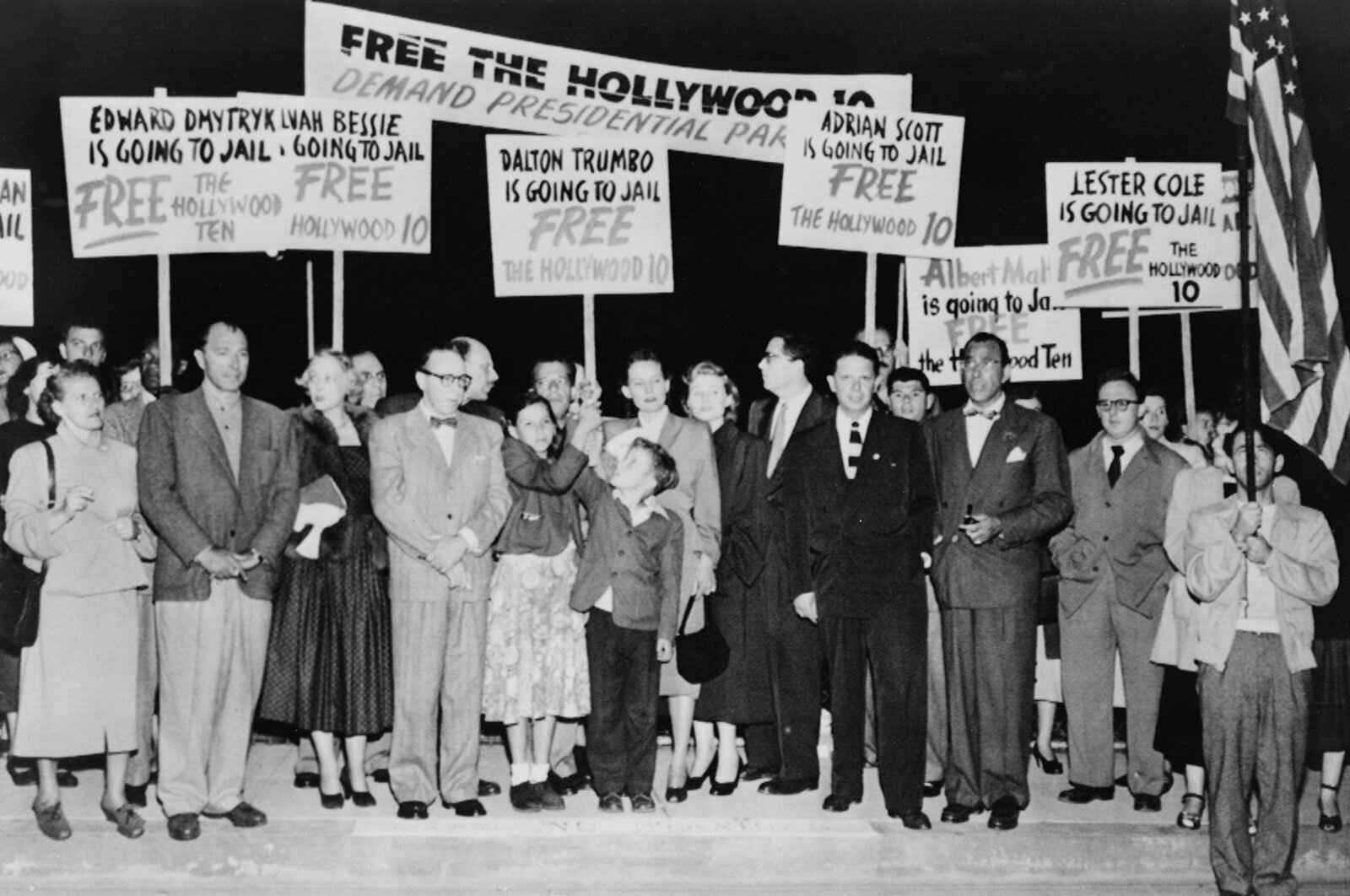In the 1940s and 50s, dozens of writers, producers, directors and stars were pushed to the margins of the film industry due to the perception of their personal politics. Though socialism and anti-Fascism had been in vogue just a few years earlier, now an affiliation with such movements was considered tantamount to treason. The Blacklist traces how this happened, through the stories of The Hollywood Ten, Dorothy Parker, Charlie Chaplin, Humphrey Bogart, Katharine Hepburn, John Garfield, Kirk Douglas and more.
Episodes:
TENDER COMRADES: THE PREHISTORY OF THE BLACKLIST: This first episode traces the roots of communism and anti-communism in Hollywood, through the Depression, union struggles and scandals, and World War II. The major characters of the series will be introduced, including members of the Hollywood Ten like Dalton Trumbo and Edward Dmytryk, two Party members who collaborated on a film called Tender Comrade, which starred one of Hollywood's proudest Conservatives, Ginger Rogers. Tender Comrade epitomizes the political evolution that made the Blacklist happen: considered patriotic American propaganda during the War, the film was recast as problematically anti-capitalist after the war, and its makers branded with the epithet "prematurely anti-fascist." Listen
CROSSFIRE: THE TRIALS OF THE HOLLYWOOD TEN: In 1947, the House Un-American Activities Committee subpoenaed dozens of Hollywood workers to come to Washington and testify to the presence of Communists in the film industry. 19 of those who were subpoenaed announced that they wouldn't co-operate with the Committee; of those 19, 10 "unfriendly" witnesses were called to the stand and refused to answer "The $64 Question": "Are you now or have you ever been a Communist?" Those 10 men were subsequently denied employment, and imprisoned; afraid of collateral damage to the industry, the studio moguls were thus moved to design the Blacklist. This episode will explore the work and politics of the Hollywood Ten -- and films on which they came together, such as Crossfire -- and delve into the far-reaching consequences of their false assumption that the Constitution would protect them. Listen
DOROTHY PARKER: Columnist, poet and celebrated Algonquin Roundtable wit Dorothy Parker spent years in Hollywood, working as a screenwriter in partnership with her second husband, Alan Campbell, and contributing to important films such as the original A Star is Born and Alfred Hitchcock’s Saboteur. Much to the surprise of many of her closest friends, beginning in the late 1920s Parker became increasingly drawn to socialist causes. Parker’s political calling was merely socially problematic before World War II, when Parker spearheaded the formation of the Hollywood Anti-Nazi League; after the war, when Parker’s name was named before HUAC, her political convictions killed her Hollywood career at its peak. Listen
THE AFRICAN QUEEN: HUMPHREY BOGART, KATHARINE HEPBURN AND JOHN HUSTON: In the late 1940s, as the country was moving to the right and there was pressure on Hollywood to do the same, Katharine Hepburn, Humphrey Bogart and John Huston all protested HUAC in ways that damaged their public personas and their ability to work in Hollywood. Hepburn’s outspokenness resulted in headlines branding her a "Red" and, allegedly, audiences stoning her films. Bogart and Huston were prominent members of the Committee For the First Amendment, a group of Hollywood stars who came to Washington to support the Hollywood Ten -- and lived to regret it. With their career futures uncertain, the trio collaborated on the most difficult film any of them would ever make, The African Queen. Listen
THE STRANGE LOVE OF BARBARA STANWYCK: ROBERT TAYLOR: Barbara Stanwyck’s first marriage helped to inspire A Star is Born. Her second marriage, to heartthrob Robert Taylor, didn’t make sense in a lot of ways, but the pair were united by their conservative politics. Both joined the blacklist-stoking Motion Picture Alliance for the Preservation of American Ideals, but only Taylor testified before HUAC. Called to shamed MGM for forcing him to star in wartime pro-Soviet film Song of Russia, Taylor would become the only major star to name names. Today we’ll talk about Taylor and Stanwyck’s relationship, and the difference between her groundbreaking career as the rare actress who refused to sign long term studio contracts, and his much more conventional experience as MGM chattel. Listen
HE RAN ALL THE WAY: JOHN GARFIELD: John Garfield was Brando before Brando -- a Method-style actor who repped the New York working class while becoming a major sex symbol in film noir and World War II films. Garfield was not a Communist; most of his friends -- and his wife -- were, but they mostly thought “Julie” was well-meaning but not a serious political animal. HUAC disagreed, and in the early 1950s, Garfield became the biggest star to be blacklisted. Listen
MONSIEUR VERDOUX: CHARLIE CHAPLIN'S ROAD TO HOLLYWOOD EXILE: In this episode, we catch up with Charlie Chaplin’s post-The Great Dictator, talk about Chaplin’s savage satirical follow-up, Monsieur Verdoux, and explain the witch hunt that ended with him forced to leave his adopted home, and Hollywood career, behind. Listen
STORM WARNING: RONALD REAGAN, THE FBI AND HUAC: The post-war Communist witch hunt had a big impact on Ronald Reagan’s evolution from movie actor to politician, and from Democrat to Republican. And, Ronald Reagan had a major personal impact on the witch hunt’s manifestation in Hollywood, the Blacklist. This episode will trace the years in which Reagan was primarily known as a movie and TV star, and explore his two marriages to actresses, his testimony to HUAC, his behind-the-scenes work as an informer to the FBI, his late-career incarnation as bridge between Hollywood and corporate America, and more. Listen
SHE: RICHARD NIXON + HELEN GAHAGAN DOUGLAS: The wife of actor Melvyn Douglas (Ninotchka, Being There), Helen Gahagan Douglas transformed herself from a Broadway and opera star into an exciting new politician in the days of FDR. A persistent, nagging voice of conscience in Congress during the time of HUAC and nuclear panic, Douglas’ political career came to an end amidst inaccurate allegations that she was a Communist supporter -- many of which were leveled at her by her opponent in the 1950 Senate race, Richard Nixon. Listen
SALT OF THE EARTH: HOWARD HUGHES + PAUL JARRICO: Today we explore one of the more troubling aspects of Howard Hughes’ legacy: the firm hand he played in enforcing the blacklisting of Hollywood workers, both as the head and owner of RKO Pictures, and as a powerful rich guy whose influence went as high as the U.S. Congress. This episode also tells the story of Paul Jarrico, the first screenwriter to be taken to court by a studio (RKO) over the question of his firing during the blacklist period. In partnership with the also-blacklisted writer Michael Wilson and director Herbert Biberman, Jarrico made Salt of the Earth, a pro-Union, proto-feminist, Neorealist-influenced independent film which the blacklisting-supporting unions effectively squelched, with the help of the media, politicians, and Hughes. Listen
BORN YESTERDAY: JUDY HOLLIDAY: Judy Holliday won an Oscar for her first starring film role (in Born Yesterday) and of her eight major film roles between 1950 and 1960, four were in films now considered classics. She was one star who was subpoenaed to testify about her ties to Communism who was fully supported by her studio and subsequently wasn’t blacklisted from movies. Holliday’s career was short-lived nonetheless, in part because she represented a highly idiosyncratic, working-class, urban, Jewish authenticity in a time when conformity was being peddled as an equivalent to safety. Listen
LENA HORNE + PAUL ROBESON: Horne's last years at MGM overlapped with the first HUAC hearings. Horne, an outspoken proponent of equal rights, who from the beginning of her career had associated with leftists and “agitators,” got caught up in the anti-communist insanity. One of those agitators was Paul Robeson, a singer, actor and political firebrand who was a mentor and friend to Horne. But once the red panic began to heat up, that friendship became problematic for Lena, and like so many others, she was forced to choose between her career and her friendships. Listen
ON THE WATERFRONT: ELIA KAZAN: Elia Kazan introduced audiences to Warren Beatty, James Dean and Marlon Brando. His films of the 1950s -- including A Streetcar Named Desire, On the Waterfront, and East of Eden -- comprise perhaps the most impressive body of work of an American director of the decade. But Kazan, who was briefly a Communist in the 1930s, likely would not have been able to make many of those films had he not named names to HUAC in 1952. Listen
AFTER THE FALL: ARTHUR MILLER: Arthur Miller considered Elia Kazan a close friend and collaborator, but when Kazan named names to HUAC, Miller broke with him and wrote The Crucible, a parable about anti-communist hysteria set amidst the Salem Witch Trials. But despite the committee’s sensitivity to criticism, HUAC didn’t subpoena Miller until he became engaged to Marilyn Monroe, then the biggest star and sex symbol of her day. Miller and Kazan would remain estranged for a decade, until the latter directed a play written by the former which, while drawing headlines for its depiction of Monroe, also seemed to parallel their falling out over HUAC. Listen
FRANK SINATRA AND ALBERT MALTZ (BREAKING THE BLACKLIST, PART 1): In the first of two episodes about major stars attempting to end the Blacklist, we’ll look at Frank Sinatra’s efforts to hire Hollywood Ten member Albert Maltz. Timing got in the way of Sinatra’s good intentions: this was the exact moment when Sinatra had become the coolest middle-aged man in America as “chairman of the board” of the newly-formed Vegas act now known as the Rat Pack. It was also the moment when Sinatra thought he was on the verge of acquiring real political power through his proximity to presidential candidate John F. Kennedy. Listen
KIRK DOUGLAS, DALTON TRUMBO, AND OTTO PREMINGER (BREAKING THE BLACKLIST, PART 2): How did the Blacklist come to an end? If you ask Kirk Douglas, the end began with his hiring of Dalton Trumbo to write Spartacus -- or, rather Douglas flaunting of that hiring. Otto Preminger, who hired Trumbo to write Exodus, might see it differently. In truth, the end of the blacklist was a process that took over a decade, and couldn’t have happened without actions taken by, amongst others, Charlie Chaplin, director Joseph Losey, members of the Academy's Board of Governors and president John F. Kennedy. We'll talk about the connection between the end of the blacklist and the weakening of the production code, and what both had to do with the slow dissolution of the studio system amidst the rise of independent producers and a younger generation of audiences. Finally, we’ll discuss how those who had been blacklisted struggled to move on. Listen

